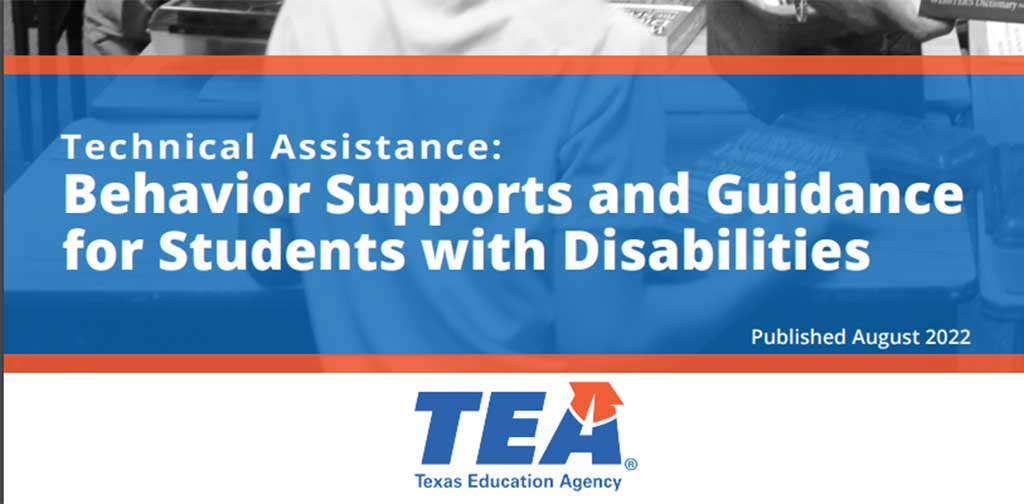When school staff talk about accommodations and modifications for your child with learning and/or attention problems, are you confused? What do these terms mean in a classroom? Has an alternate assessment been recommended for your child on a state- or district-wide test? What do you need to know when it comes to standardized tests used to make important decisions about your child?
What are accommodations?
Accommodations provide different ways for kids to take in information or communicate their knowledge back to you. The changes basically don’t alter or lower the standards or expectations for a subject or test. Preferred seating in the front of the class for a child with attention issues is an example of an accommodation. Through the child’s Individualized Education Program (IEP) or 504 Plan, classroom accommodations may be formally developed. In addition, some general education teachers agree informally to make accommodations for kids in their classes.
What are modifications?
Prior to the 2004 reauthorization of the Individuals with Disabilities Education Act (IDEA 2004), the term “modifications” referred to changes in the delivery, content, or instructional level of district-wide or statewide tests for students receiving special education services. In effect, modifications resulted in lowering the expectations and standards by which these students were assessed. Beginning with IDEA 2004, the term “modification” is no longer used in relation to district-wide and statewide testing, because the federal No Child Left Behind Act (NCLB) mandates that students with specific learning disabilities be tested using the same standards as those used for non-learning disabled kids. Replacing the term “modifications” with “alternative assessment” makes more explicit the different – i.e., less complex – standards of such tests.
Implications for classroom instruction
Accommodations are adjustments to make sure kids have equal access to curriculum and a way to be successful. Accommodations to be used for classroom instruction and testing are generally defined in a student’s IEP, although this is not a required component of a student’s IEP as specified by IDEA. When using accommodations, kids with learning disabilities (LD) or Attention-Deficit/Hyperactivity Disorder (AD/HD) are expected to meet the same standards set for all kids. For example: Kids with LD can learn the same material as others in the class but in a different way. A child with delayed reading skills can participate in class discussions about a novel if she’s listened to the audio tape version of the book.
Accommodations also offer a way for kids with LD to demonstrate what they’ve learned. For example: A child with poor writing and spelling skills may use assistive technology – a tape recorder or word processor – rather then struggle with pencil and paper to do her report about a famous person in history.
Teachers can set conditions to help kids with AD/HD pay attention. For a child who’s easily distracted by background noise, an accommodation that might be offered is seating the student away from the window and heater, or close to the teacher for prompting.
Modifications, on the other hand, mean that the curriculum and/or instruction is changed quite a bit. When modifications are made, kids with disabilities are not expected to master the same academic content as others in the classroom.
A child who can’t learn the twenty-word spelling list every week may learn only ten words. This results in different standards for mastery – half the number of words as kids without a disability learn weekly.
A fifth-grade child with a severe math disability who isn’t ready to learn fractions and decimals may still be working on addition and subtraction. This means that his instructional level has changed significantly – second-, not fifth-grade instruction – from that of other kids in his classroom. So, grades do not necessarily tell parents the full story; it’s important to find out whether your child is achieving these grades in the standard curriculum for his grade level, or in a modified curriculum.
Implications for state- and district-wide assessments
Federal law requires a student’s IEP to include a statement of accommodations required for participation in state- and district-wide assessments. Sometimes these assessments carry “high stakes” for students – they help decide important matters, such as whether your child goes on to the next grade level or graduates from high school with a regular diploma. Attaching student stakes to performance on state and district assessments is a state decision and is not a requirement of IDEA or NCLB. However, states are required by IDEA to issue guidelines/policy on appropriate assessment accommodations; and test makers usually provide a list of reasonable accommodations that won’t interfere with test validity, so that they can guarantee that the test actually measures what it’s supposed to measure.
[rescue_box color=”blue” text_align=”left” width=”100%” float=”none”]Texas Education Agency’s (TEA) Accommodation Resources https://tea.texas.gov/accommodations/ [/rescue_box]
Some classroom (instructional) accommodations may not be allowed on state or district assessments, because their use would invalidate the score on the test by compromising the measurement of the target skill. For example:
- If a test of reading comprehension is read aloud to a child, then it doesn’t measure his ability to understand what he reads. Instead, it tests his understanding of what he hears.
- A spellchecker may be allowed to help a child who’s writing an essay. But it couldn’t be allowed on a spelling test because it would show his ability to use technology rather than how well he spells.
In general, any accommodations listed on the IEP must be delivered consistently – that is, at all times, and under all types of circumstances. However, a student’s IEP should differentiate between accommodations for instruction and accommodations for assessment–and parents should understand the different consequences of each for their child.
If a child’s Individualized Education Program (IEP) team determines that the child can’t participate in the regular state or district assessment (even with appropriate accommodations) and, therefore, will participate by taking an alternate assessment, the IEP team must develop a written statement of why the child cannot participate in the regular assessment, and why the team has determined that a particular alternate assessment is appropriate for the child. If your child is receiving special education services you should be aware of the important consequences of the child taking an assessment other than the regular assessment that all students take.
Accommodations, modifications, and alternate assessments: How they affect instruction and assessment by GreatSchools Staff | https://www.greatschools.org/gk/articles/accommodations-iep/



